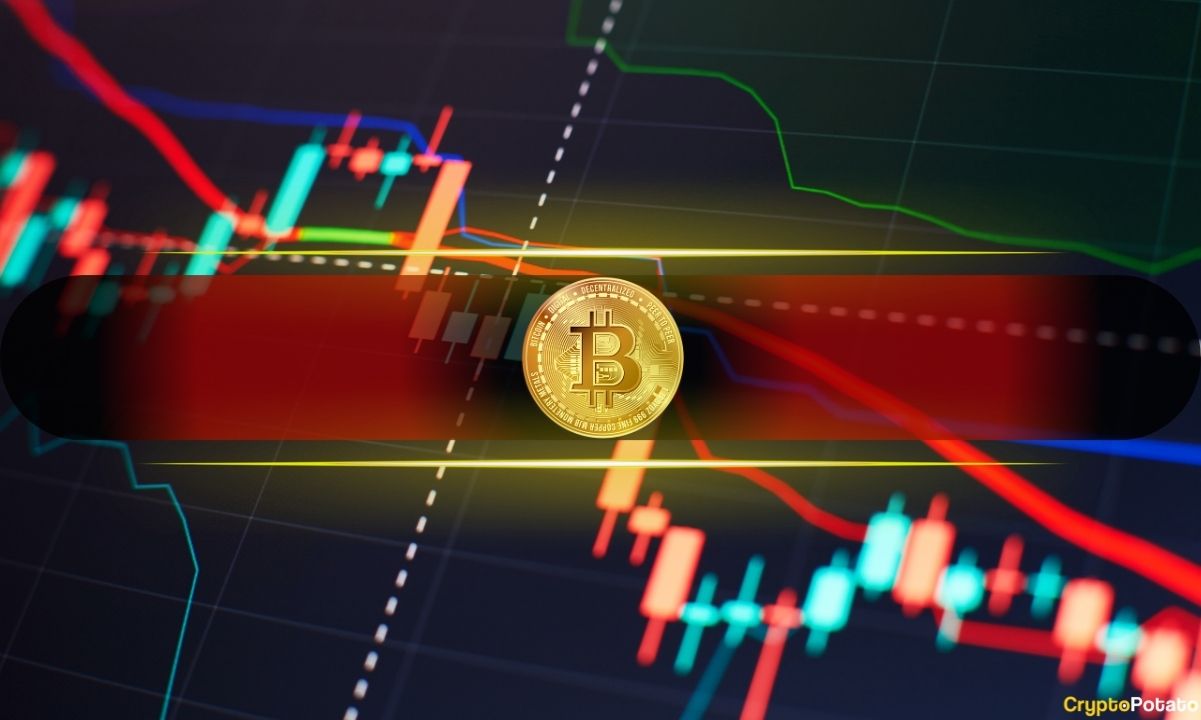As the Bitcoin price draws closer to $68,000, on-chain indicators show that some favorable fundamentals are working in its favor.
Bitcoin reserves on exchanges had reached an all-time low of under 2.7 million BTC, down from over 3.3 million nearly three years prior, according to CryptoQuant data.
But first, a few caveats about the data. It only goes back to mid-October 2021, so it is unclear how long ago Bitcoin reserves were at the level they are now. And the latest metric available is from mid-September. CoinMarketCap research lead Alice Liu explained to Decrypt that it is a delayed data-sharing industry initiative put in place after the fall of crypto exchange FTX.
In other words, it's a feature—not a bug.
There are several factors that might be impacting the level of Bitcoin on exchanges. The trustee overseeing Mt. Gox's assets announced another delay in distributing remaining funds to creditors, pushing the deadline by one year to October 31, 2025. Mt. Gox, once one of the world's largest cryptocurrency exchanges, collapsed after a major hack in 2014. Although some creditors have been repaid, wallets linked to its estate still hold 44,905 BTC worth approximately $3 billion, according to on-chain data analytics firm Arkham Intelligence.
Another initiative that's impacted Bitcoin’s available supply is Babylon, a Bitcoin staking protocol that recently reopened for additional BTC deposits, attracting about $1.4 billion of coins. Babylon aims to add utility to Bitcoin by launching a proof-of-stake marketplace that allows third-party protocols to leverage it for security.
Liu told Decrypt that “when Bitcoin reserves on exchanges decline, it typically indicates a shift in investor sentiment.” She pointed out that “fewer coins available on exchanges creates scarcity, leading to upward pressure on prices.”
That could also create a lower supply of coins for trading—thus infusing some volatility into the market, she added.
“Historically, in previous market cycles, falling exchange reserves have been closely linked to retail investors adopting a long-term holding strategy,” Liu said.
She further explained that moving assets off-exchange to “cold storage reduces the likelihood of impulsive selling, further reinforcing the view that the investors could be committed to holding through long-term.”
Liu also pointed out that while in the past the trend of withdrawing Bitcoin from exchanges was driven by retail participants, institutional investors are playing a larger role in this cycle.
“Investors are once again pulling Bitcoin off exchanges, which could indicate the start of an accumulation phase in the current market cycle," she said.
Hyblock Capital co-founder and CEO Shubh Varma told Decrypt that “while Bitcoin exchange reserves are indeed reaching historic lows, the common interpretation of this trend needs a more nuanced approach.” He noted that this draw down in Bitcoin exchange reserves has been coupled with "a noticeable increase in buying pressure, especially in the derivatives market” and open interest is rising.
This, Varma explained, indicates traders could be taking on more leverage rather than just shifting BTC to cold storage. That would mean a lot of the recent Bitcoin price action has been fueled by leveraged trading, particularly in the derivatives market.
“The increased leverage in the system raises concerns about market health, as leveraged positions can lead to heightened volatility, especially when events like the upcoming U.S. elections are factored in,” he concluded.
Edited by Stacy Elliott.
Daily Debrief Newsletter
Start every day with the top news stories right now, plus original features, a podcast, videos and more.

 2 weeks ago
7
2 weeks ago
7




:quality(85):upscale()/2024/10/31/831/n/49351773/b7bf33836723d2f0643c55.51137847_.jpg)



 English (US) ·
English (US) ·